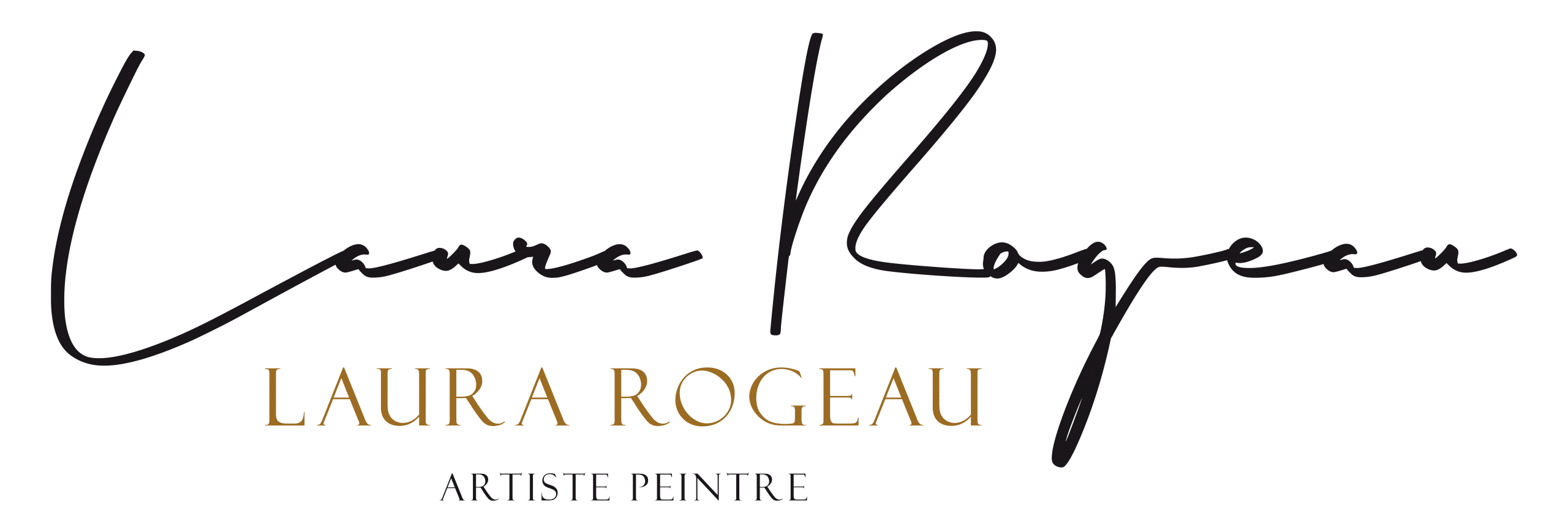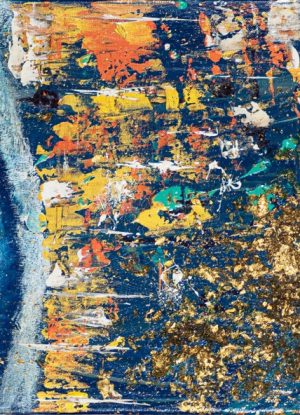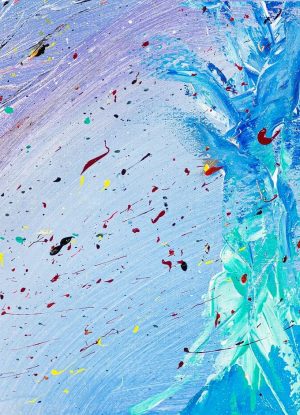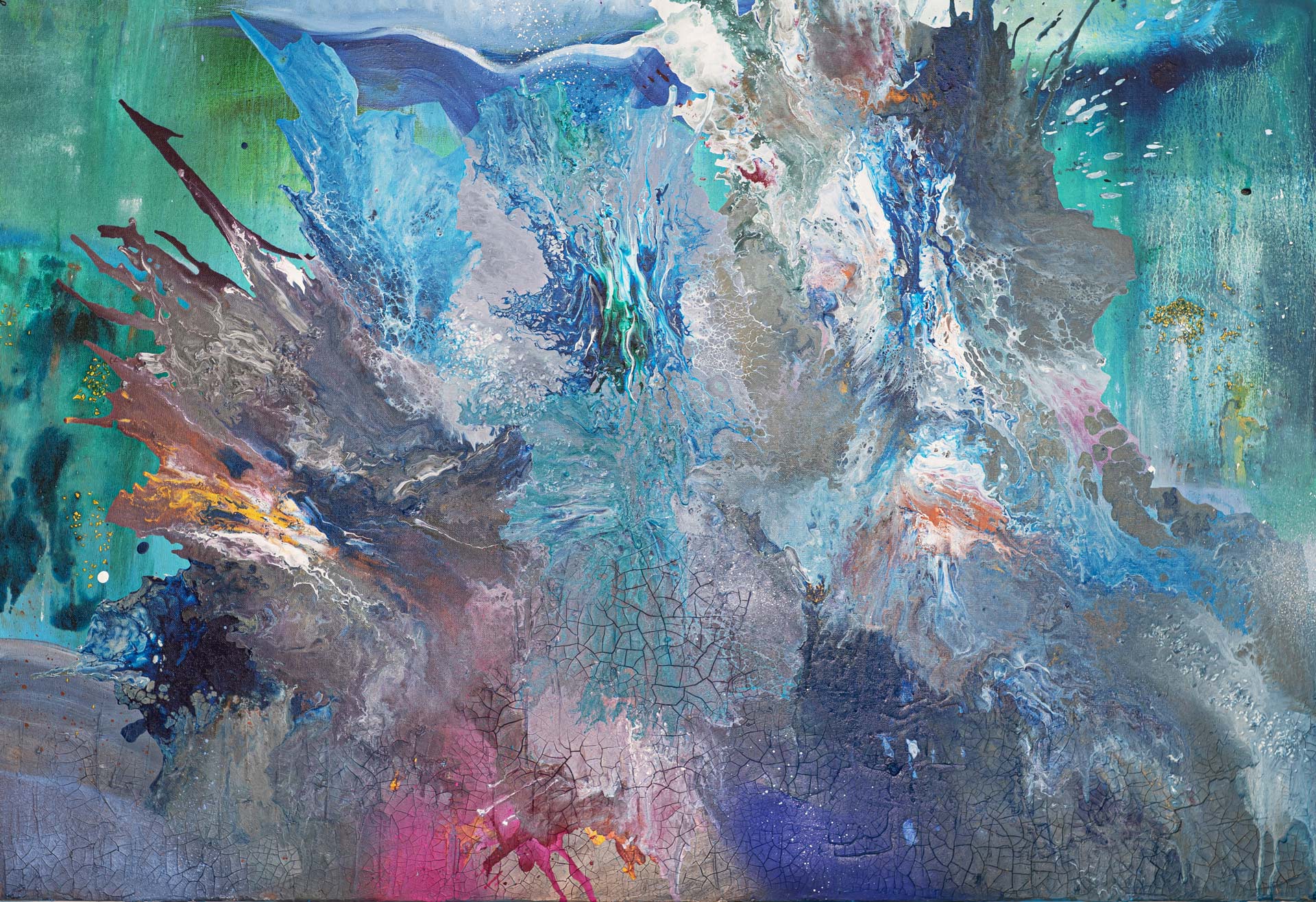
What is abstract art?
Abstract art was established in the 20th century with great names such as Kandinsky and Kupka. If, while contemplating a painting, many questions come to mind, or if you are dazzled by the beauty of a canvas, that it arouses many emotions, without you understanding what it represents, in this case you are not mistaken, you are indeed in front of a work of the abstract movement.
An abstraction of reality leaving room for the imaginary
Abstract art is in essence in contradiction with traditional or figurative art. Abstract painters refuse to participate in the process of mimesis and reproduction of reality. Rather than representing nature or objects in a more or less exact manner, abstract art can do without a model and free itself from fidelity to reality. It is defined as a mixture of shapes, lines and colours, sometimes in a geometric style, always in abstraction from reality. Abstract art can exist completely independently of classical visual references.
Thus, the interpretation is free and leaves room for the imagination. There is no need to look for a meaning, a story or any model, it is the heart, the feeling that speaks when analysing an abstract work. The artist creates a visual experience by arousing emotions specific to each person.
Art that is spontaneous, personal and studied
Although it is the emotions that speak spontaneously and personally in the process of creating abstract art, every shape, line, curve, stain, colour is studied by the artist. It is not a muse, an object, a story or a landscape that gives the painting its meaning, the work stands on its own, only its aestheticism and the pure emotions it transmits are enough to be appreciated.
Related posts
Figurative art, a style opposed to abstract art
Figurative art is the most widespread form of art in the Wes
Discover the pioneers of abstract art
The abstract movement developed in the 20th century, and it
